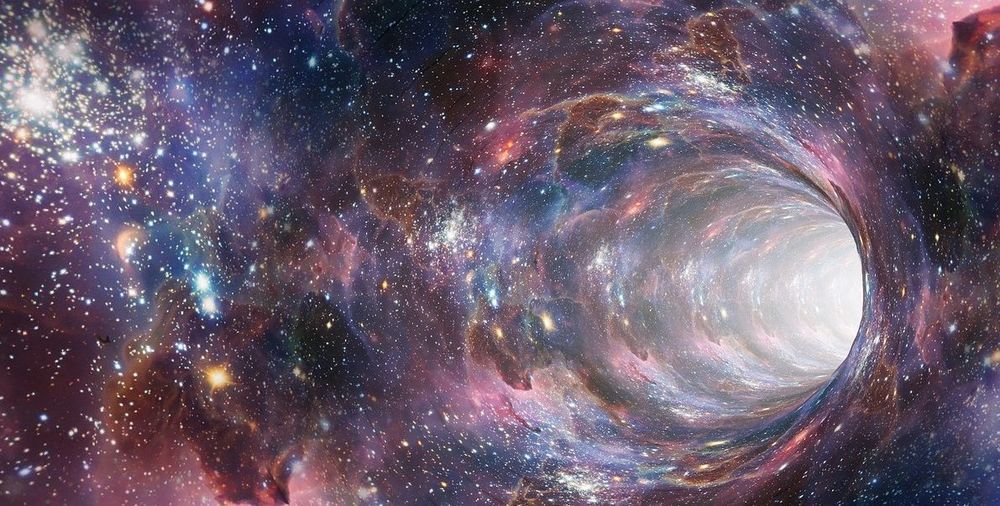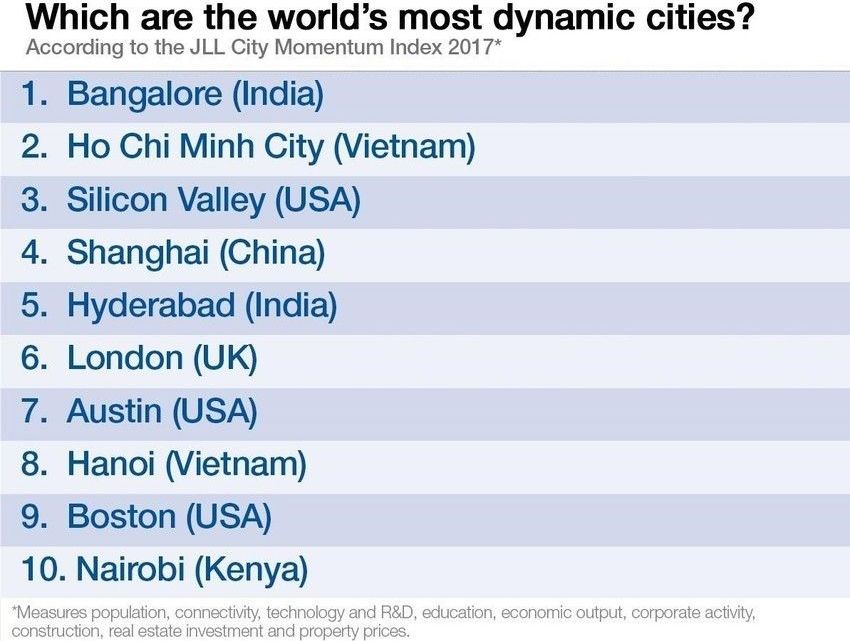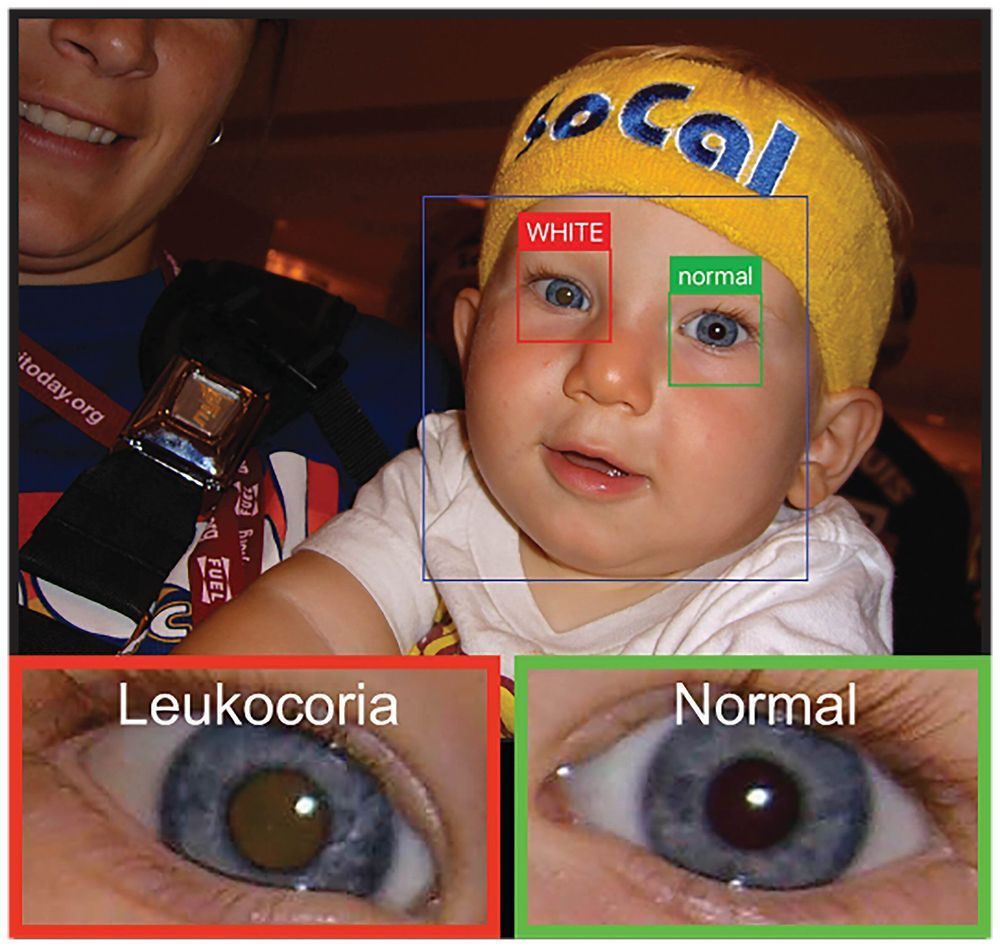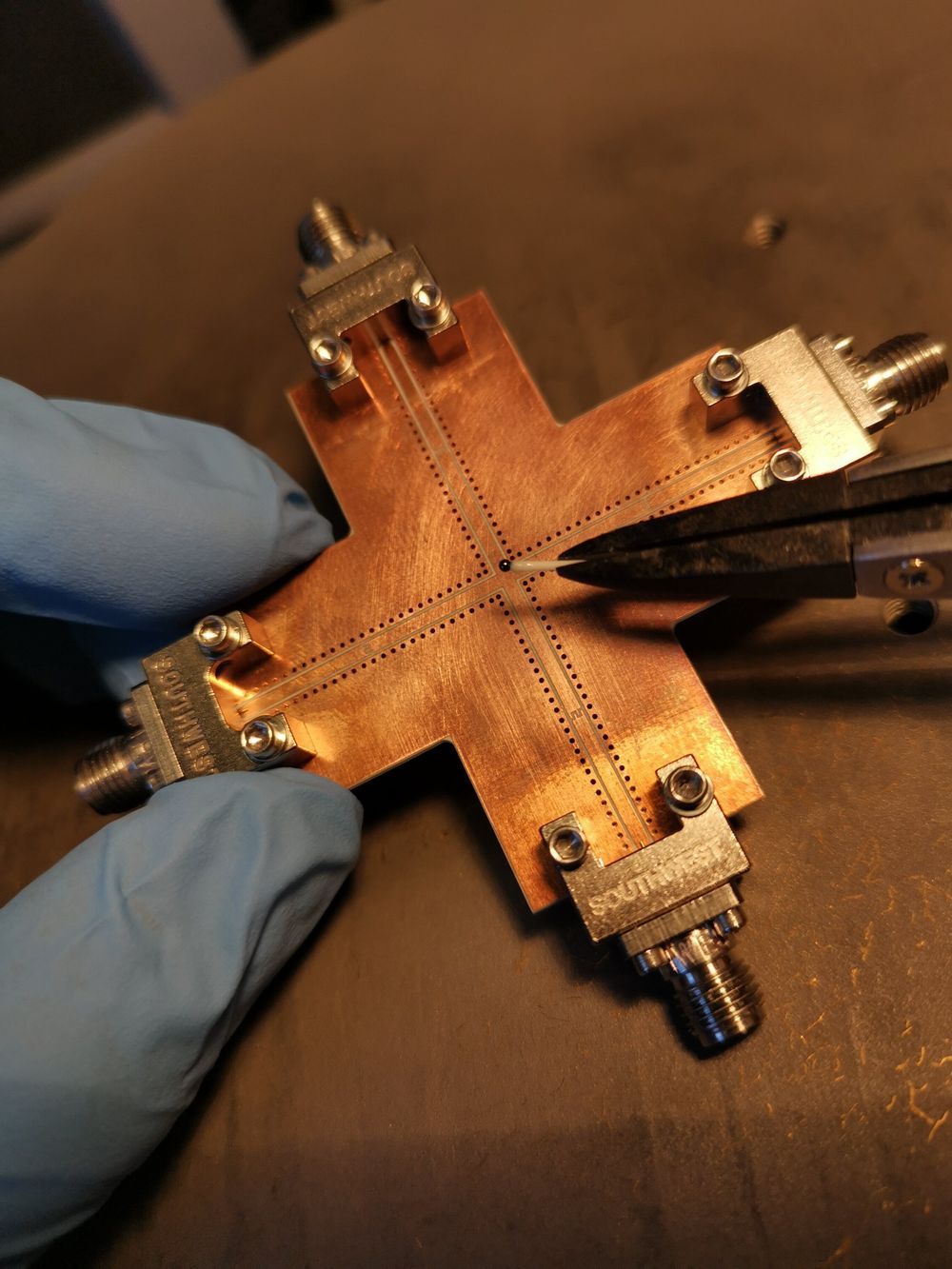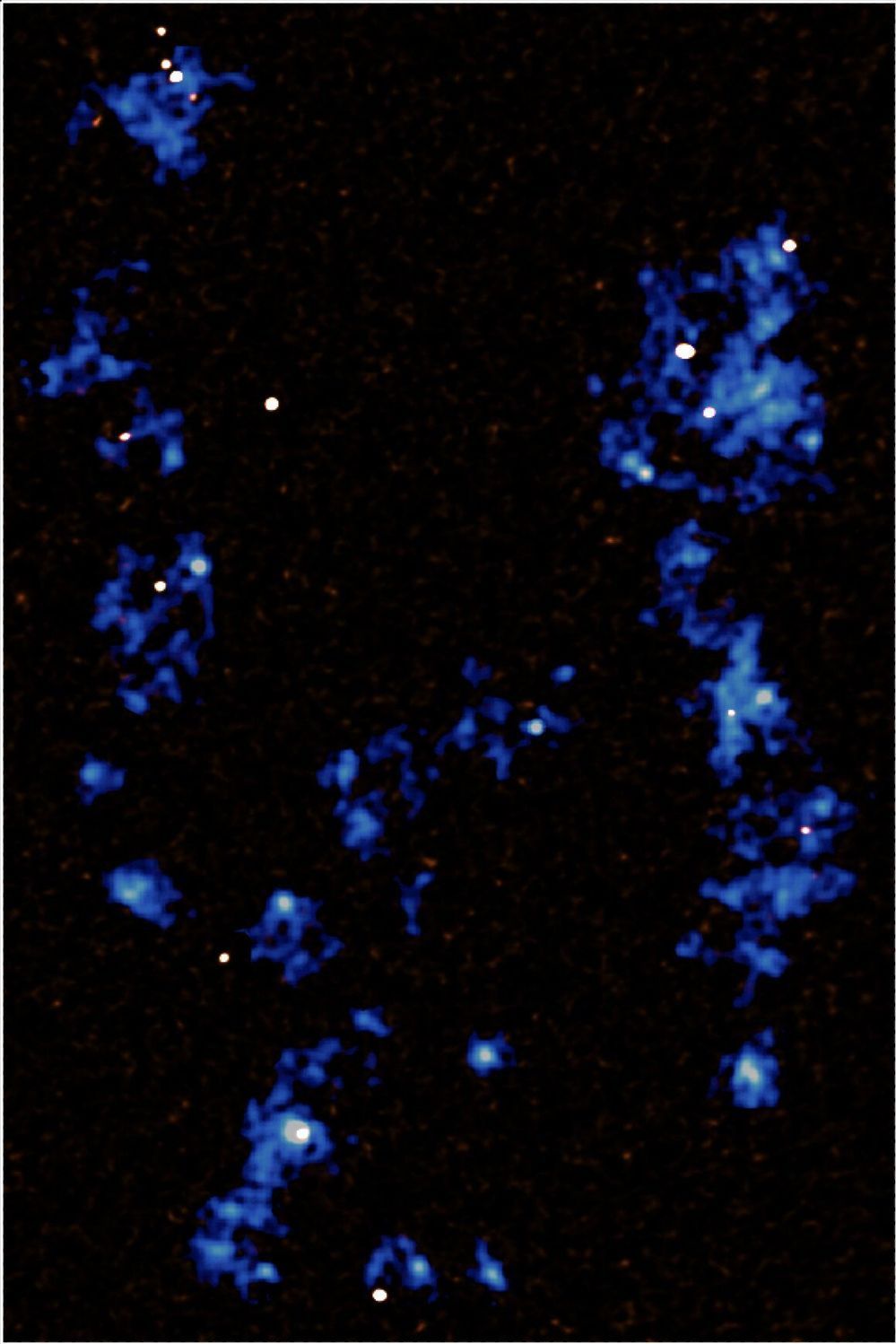A year old, and this video is titled with the “I-word”. But a very interesting talk.
It’s not every day that I get to post a video where I feel like I’m involved with something that may seriously improve and extend lives. I’m so grateful that somehow, I was brought into this process.
The ForbiddenKnowledgeTV newsletter and website attract a large number of physicians and health-practitioner subscribers and it’s been a real joy to make friends with the doctors on my list over the years. One leading physician who first contacted me, way back in August 2011 was Dr. Ron Klatz, Founder-President of the American Academy of Anti-Aging and Regenerative Medicine (A4M).
Last week, he asked me to edit this video of the first round table discussion of the American Association of Stem Cell Physicians, which had been live-streamed on August 11th and which he’d helped to moderate. It was shot completely unstaged and it was very rough-and-tumble and it needed a little cleaning-up. I said sure, without fully realizing what a treat I was in for, with this incredibly dynamic and inspiring group of scientists and physicians; who don’t normally speak to each other – let alone on camera – in a totally live, unscripted setting!
In 1996, Dr. Klatz and the A4M predicted that medical advancements were on pace to achieve life expectancies of 120 years or more, or what they call “Practical Immortality” by 2029. With the latest developments in stem cell technology and nutritional medicine, among others, this prediction is well on track.

